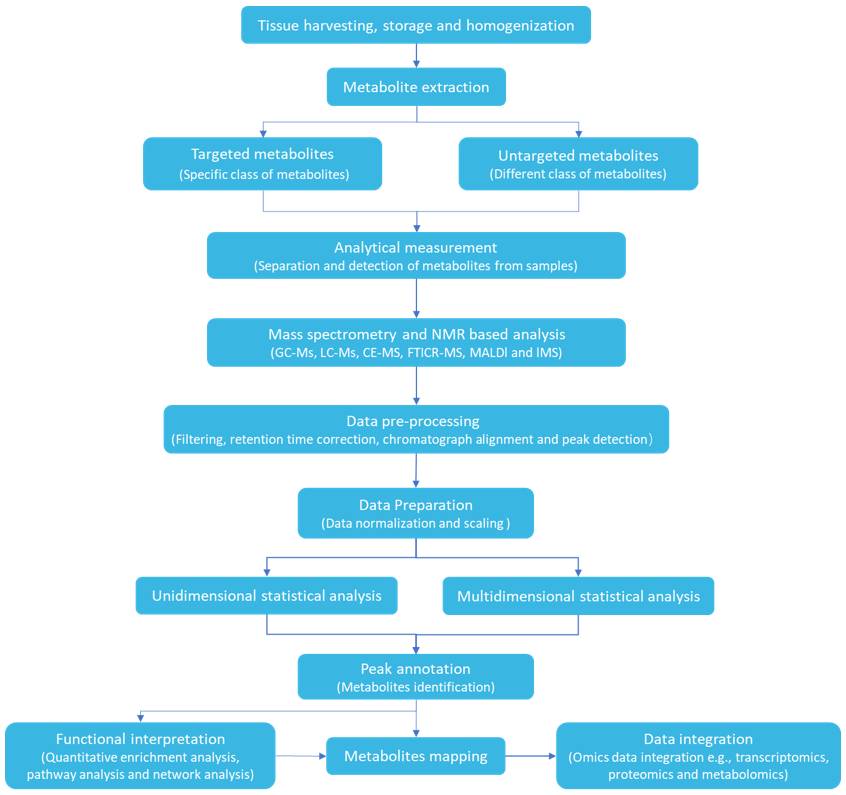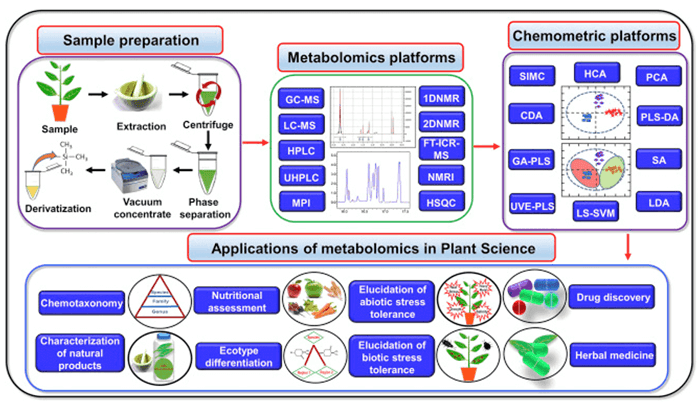Plants in nature are very different and diverse. They contain a large number of natural organic compounds, including primary metabolites, but also a large number of secondary metabolites. In addition to the substances that constitute the body of plants in addition to water, sugars, proteins, fats and other essential substances, plant active ingredients also include secondary metabolites (such as mushrooms, flavonoids, alkaloids, steroids, lignans, minerals, etc.). These substances have physiological regulatory effects on humans as well as various organisms.
The analysis of plant active ingredients is important in many fields such as drug development, nutraceutical research, and cosmetic development. Plant components used to be the only source of drugs. Currently, with the advent and development of chemically synthesized drugs, the proportion has decreased, but the proportion is still not less than 30%. Among the active ingredients of plant origin, there are many important representative compounds, which are important precursors for drug discovery. Small changes in cultivation and processing may have significant effects on the desired efficacy, such as reduced efficacy, loss of efficacy or even toxic side effects. These uncertainties often hinder the quality enhancement and promotion of plant products with health claims. Plant anti-inflammatory actives and antioxidant ingredients are often used in cosmetic and skin care product development.
Creative Proteomics provides you with plant active ingredient analysis based on high-throughput mass spectrometry technology, which enables metabolic profiling as well as identification and characterization of specific metabolite classes and targeting of metabolic pathways.









